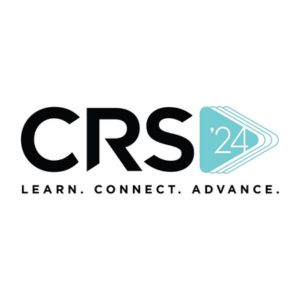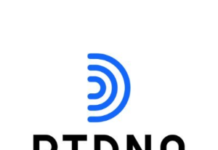
Opening day of CRS 2024 brought out fresh ideas and new discussions for some of the top issues facing radio, not just the Country radio format. The first session of the Seminar saw experts dive into the symbiotic relationship between radio and streaming, even today.
“Data Defining Hits: How To Know Your Numbers” brought together industry experts Alina Thompson, Michael Chase, Patch Culbertson, and Steve Stewart to discuss the evolving role of data in identifying hit tracks. This gathering offered views into the intersection of streaming metrics, radio airplay, and listener engagement.
Thompson emphasized the significance of skip rate, completion rate, and particularly thumb data from SiriusXM’s perspective, as these metrics have proven to be highly predictive of a song’s hit potential. Culbertson pointed out that consumption tends to increase alongside a track’s popularity, suggesting a direct correlation between exposure and listener engagement.
Stewart shared his view on the importance of experience and intuition in identifying trends for radio stations, highlighting the limitations of relying solely on streaming data for programming decisions. He argued that while streaming data could indicate popularity, it doesn’t automatically translate to radio success, as deeper analysis and understanding of station demographics are crucial.
The panelists debated the relationship between streaming success and radio airplay. Culbertson noted that genuine hits need to perform well across all platforms, while Chase and Thompson discussed the challenges of bridging the gap between digital metrics and radio’s traditional metrics, such as Nielsen ratings. Stewart pointed out the distinct differences in listener engagement across platforms, suggesting that the key to radio success lies in understanding and targeting the specific behaviors of radio listeners.
The conversation also touched on the challenges of translating streaming hits into radio airplay. Examples such as Zach Bryan and Chris Stapleton were mentioned, highlighting instances where artists have achieved significant success outside of traditional radio metrics. The panelists agreed that while streaming platforms offer a vast landscape for discovery, radio continues to play a critical role in turning artists into household names, despite the frustrations that can arise when streaming hits don’t immediately translate to radio success.
In discussing the profile of a typical PPM holder, Stewart described it as a company-specific situation, emphasizing the importance of understanding the listener base. Chase highlighted the necessity of airplay for conducting local research and the risks involved in dedicating resources to a track without guaranteed success.
The panelists concluded that a balanced approach, leveraging both data and industry experience, is essential for identifying hits in today’s complex media landscape. They encouraged radio programmers to conduct their research, understand the nuances of digital streaming platforms, and remain open to discovering what truly resonates with their audience. This multifaceted strategy, blending art with science, represents the future of hit identification in an era where data is abundant but the human element remains irreplaceable.
Day two of CRS starts today, building toward tonight’s presentation of Radio Ink‘s Top Program Directors in Country Radio at the Acoustic Alley show. We look forward to seeing all of our honorees and CRS attendees there!








